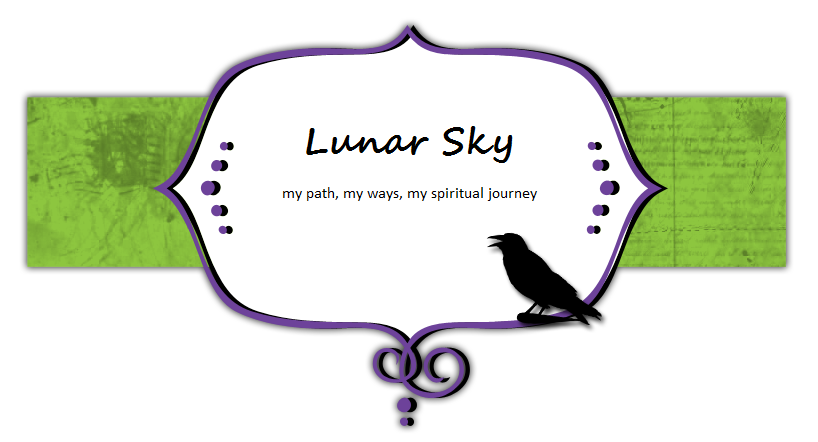The greater and lesser sabbats form an eightfold around the Wheel of the Year. We are all a part of the great design of the Universe, changing and returning to a beginning.
The Greater Sabbats
Samhain (commonly pronounced as SOW-when) - Festival celebrated on October 31. Also known as All Hallow's Eve, All Saint's Eve, Day of the Dead, Halloween, November Eve, Hallowmas, Feast of Souls, Feast of the Dead, Feast of Apples. Samhain marks the symbolic death of the Sun God and His passing into the "land of the young," where he awaits rebirth of the Mother Goddess at Yule.
Imbolc - Festival normally celebrated on February 2. Also known as Candlemas, Lupercalia, Feast of Pan, Feast of Torches, Feast of the Waxing Light, Oimelc, Imbolg, Brigit's Day, Groundhog's Day. Imbolc celebrates the first stirrings of spring and the recovery of the Goddess from giving birth to the Sun God at Yule.
Beltane - Festival celebrated on April 30 and/or May 1. Also known as May Eve, Roodmas, Walpurgis Night, Cethsamhain, and has variant spellings. Beltane celebrates the symbolic union, mating, or marriage of the Goddess and God, and link in with the approaching summer months.
Lughnasadh - Festival celebrated on July 31 and/or August 1. Also known as August Eve, Lammas, Feast of Bread. Lughnasadh marks the first harvest, when the fruits of the Earth are cut and stored for the dark winter months, and when the God mysteriously weakens as the days grow shorter.
The Lesser Sabbats
Yule - On or around December 21, the winter solstice. Marks the rebirth of the Sun God from the Earth Goddess. A time of joy and celebration during the miseries of winter. The shortest day of the year
Ostara - On or around March 21, the spring equinox. Ostara marks the beginning of true, astronomical spring, when snow and ice make way for green. As such, it is a fire and fertility festival, celebrating the return of the Sun, the God and the fertility of the Earth, the Goddess.
Midsummer - On or around June 21, the summer solstices, also known as Litha. Midsummer marks the point of the year when the Sun is symbolically at the height of its powers, and so too the God. The longest day of the year.
Mabon - On or around September 21, the autumn equinox. Celebrates the second harvest. Nature is preparing for winter. Mabon is a vestige of ancient harvest festivals which, in some form or another, were once nearly universal among peoples of the Earth
On the Equinoxes, day and night are equally long; these are the days of great power in terms of universal balance. Witches view the Solstices as festive days, when the Equinoxes become days of reflection and self-examination.
Below is a general outline for procedure during a Sabbat ritual.
- Cleanse Self and Space
- Altar Devotion
- Prayer/Salute
- Caste Cricle
- Call Quarters
- Unite Energies (if more than just self)
- Invocation
- Enactment or Observance of Festival
- Dance or raise energies
- Ground energy (Cakes and Ale)
- Thank Gods/Salute
- Dismiss quarters
- Release/Break Circle


No comments:
Post a Comment